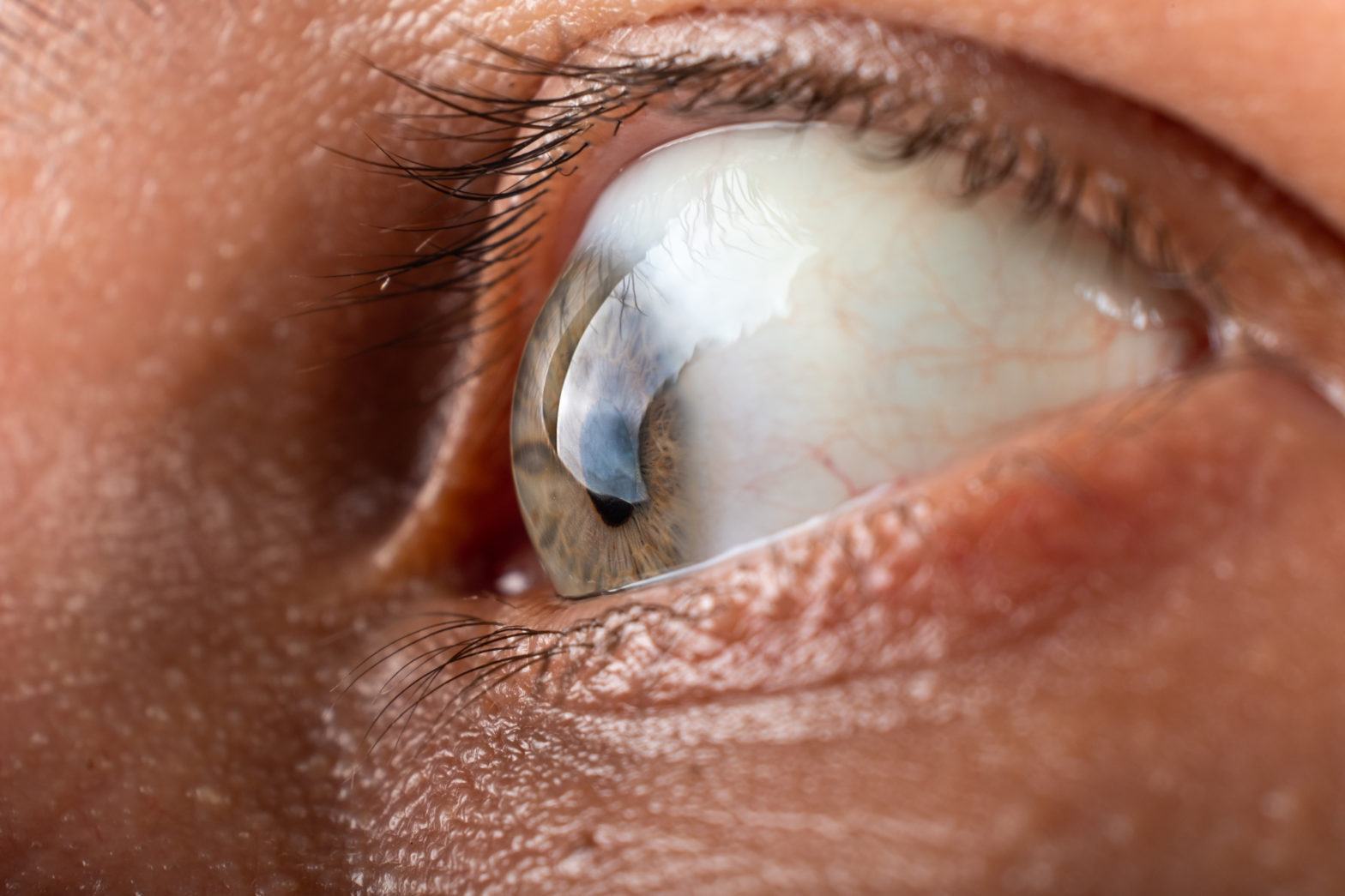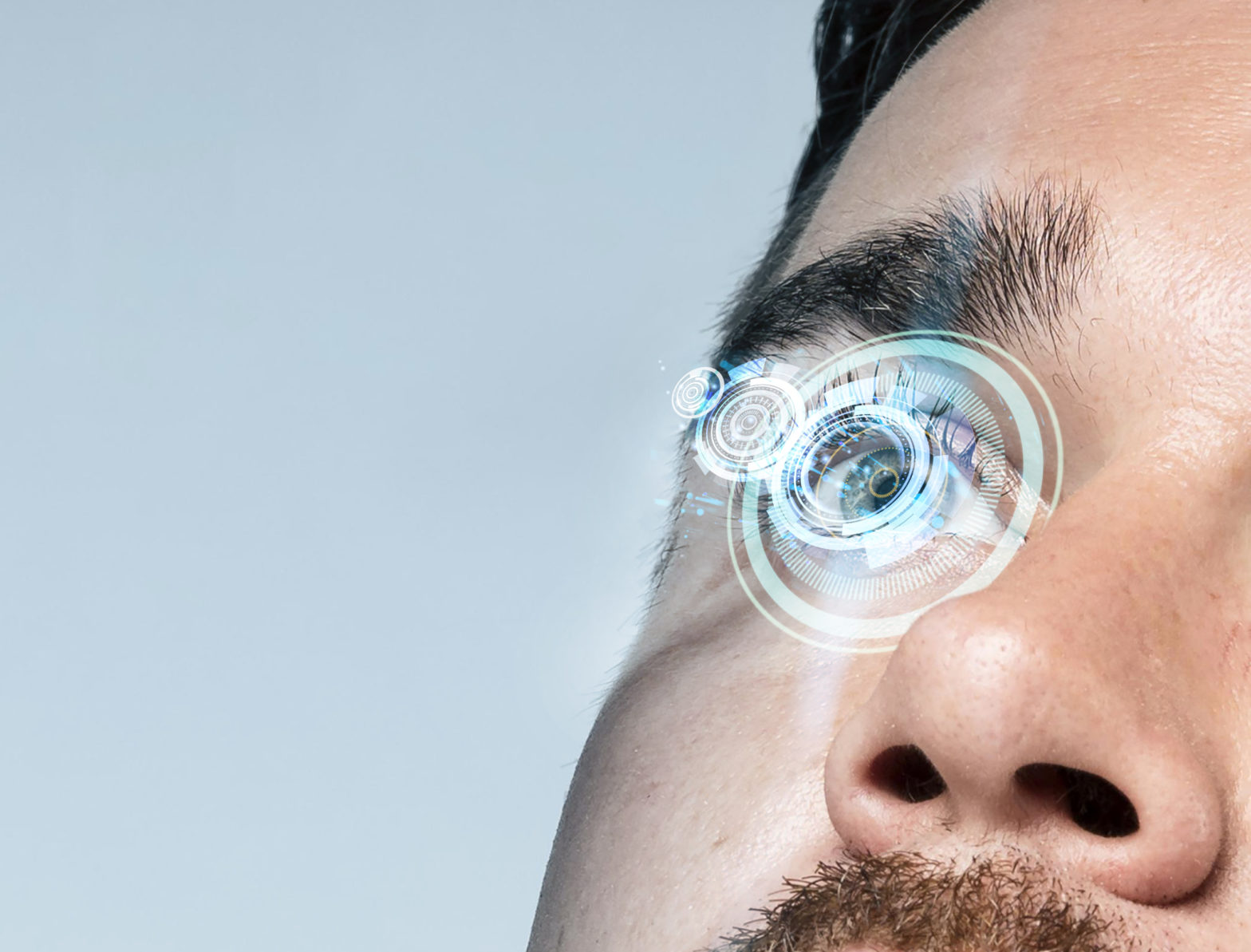When we think about our eyes, we often marvel at their ability to perceive colors, shapes, and the world around us. But behind this marvel lies a complex mechanism that operates with precision. Among the critical players in this intricate process are the iris and the pupil, two structures that work in perfect harmony to regulate how much light enters the eye. Together, they form the gatekeepers of vision, controlling light intake and ensuring that our eyes adapt to varying environments. Let’s take a closer look at their fascinating functions, delving into the science, artistry, and even the poetry behind their operations.
The Iris: The Artist of the Eye
The iris, named after the Greek goddess of the rainbow, is the colorful part of the eye. Its vibrant hues – from deep brown to icy blue – are not just a feast for the eyes; they serve a vital purpose.
- A Personal Canvas
The color of the iris is determined by genetics and is unique to each individual, much like a fingerprint. While brown is the most common color globally, blues, greens, and hazels bring diversity and charm. The melanin content in the iris gives it its color: more melanin results in darker eyes, while less melanin creates lighter shades. - The Gatekeeper of Light
Functionally, the iris is a muscle that adjusts the size of the pupil, the central black aperture, in response to light. Imagine walking from a dim room into bright sunlight; the iris instantly springs into action, contracting to narrow the pupil and reduce light entry, preventing glare and potential retinal damage. - An Adaptive Chameleon
Beyond controlling light, the iris helps with depth perception and focusing. It fine-tunes the amount of light entering the eye to sharpen visual clarity, particularly when transitioning between near and far objects. - A Window to Health
Interestingly, the iris can reflect the state of your overall health. Changes in its color or shape, or abnormal dilation, might signal conditions like glaucoma, diabetes, or even neurological issues.
The Pupil: The Black Portal to Vision
The pupil may look like a simple black dot, but it’s a dynamic and indispensable gateway to the visual world. It’s not a structure in itself but an opening in the iris that allows light to pass through to the retina.
- A Shape-Shifting Marvel
The pupil constantly changes size, adapting to the intensity of light in the environment. In bright light, the pupil contracts (a process called miosis) to restrict excessive light. In darkness, it dilates (mydriasis) to let in more light, optimizing night vision. - The Light Reflex: A Symphony of Neural Signals
Pupil dilation and contraction are controlled by a complex interplay of muscles, nerves, and brain signals. This reflex, known as the pupillary light reflex, is both involuntary and instantaneous. Shine a flashlight into someone’s eye, and you’ll witness this phenomenon in action. - Beyond Light Control
The pupil also responds to emotional and cognitive stimuli. For example, pupils dilate when you’re excited, surprised, or even concentrating deeply. This connection between emotions and pupil size has fascinated researchers for decades, earning it the nickname “the window to the soul.” - Silent Indicators
Pupil size and reactions can be vital indicators in medical diagnostics. Unequal pupil sizes (anisocoria) or non-reactive pupils might point to trauma, neurological disorders, or drug use.
How They Work Together
The iris and pupil don’t work in isolation; they collaborate to create a seamless visual experience. This dynamic duo operates as part of the ocular reflex arc, an intricate feedback loop between the eye and brain.
- Regulating Light Flow
Together, the iris and pupil maintain an optimal balance of light entering the eye. They protect the retina from overexposure in bright conditions while enhancing vision in dim settings. This adaptive mechanism is crucial for activities like driving, reading, or even enjoying a sunset. - Focusing the Lens
By controlling light intake, the iris and pupil indirectly aid the lens of the eye in focusing images on the retina. This coordination ensures sharp vision across different lighting conditions. - A Defense Mechanism
When exposed to sudden bright light, the pupil constricts almost instantly. This reaction not only protects the retina but also helps avoid temporary blindness, ensuring safety in environments with fluctuating light levels.
The Science and Art of Their Beauty
The interplay of the iris and pupil is not just functional; it’s aesthetically fascinating.
- The Hypnotic Dance
The way the pupil expands and contracts within the colorful iris can be mesmerizing. Artists and poets have often drawn inspiration from this rhythmic dance, likening it to a blooming flower or the waxing and waning of the moon. - The Appeal of Color and Contrast
The contrast between the dark pupil and the vibrant iris adds to the beauty of the human eye. Studies suggest that eye color can even influence perception, with certain colors evoking feelings of warmth or intrigue. - Cultural Significance
In many cultures, the iris and pupil are associated with mysticism and spirituality. The term “third eye,” for instance, symbolizes inner vision and enlightenment.
The Future of Iris and Pupil Research
Modern science is delving deeper into the mysteries of the iris and pupil, uncovering new applications and insights.
- Iris Recognition Technology
The unique patterns of the iris make it a powerful tool for biometric authentication. Iris recognition systems are already being used in security systems and smartphones. - Medical Innovations
Pupil reactions are becoming critical markers for diagnosing brain injuries, mental health disorders, and even Alzheimer’s disease. Researchers are also exploring how iris-based diagnostics can detect systemic illnesses early. - Bionic Eyes
Advances in artificial intelligence and bioengineering are paving the way for bionic eyes that mimic the natural functions of the iris and pupil. These innovations could restore sight to millions worldwide.
The iris and pupil are not just anatomical features; they are the unsung heroes of vision, orchestrating a delicate balance between light, focus, and perception. Their functions are a testament to the marvels of biology, blending precision with beauty. Whether it’s the iris adding color to our individuality or the pupil adjusting to the rhythm of light, these elements remind us of the incredible complexity behind something as simple as opening our eyes.
As we continue to explore their secrets, the iris and pupil promise to reveal even more about the human body, mind, and spirit. So the next time you look into someone’s eyes, take a moment to appreciate the artistry and science at work – a world of wonder lies within those tiny orbs.









